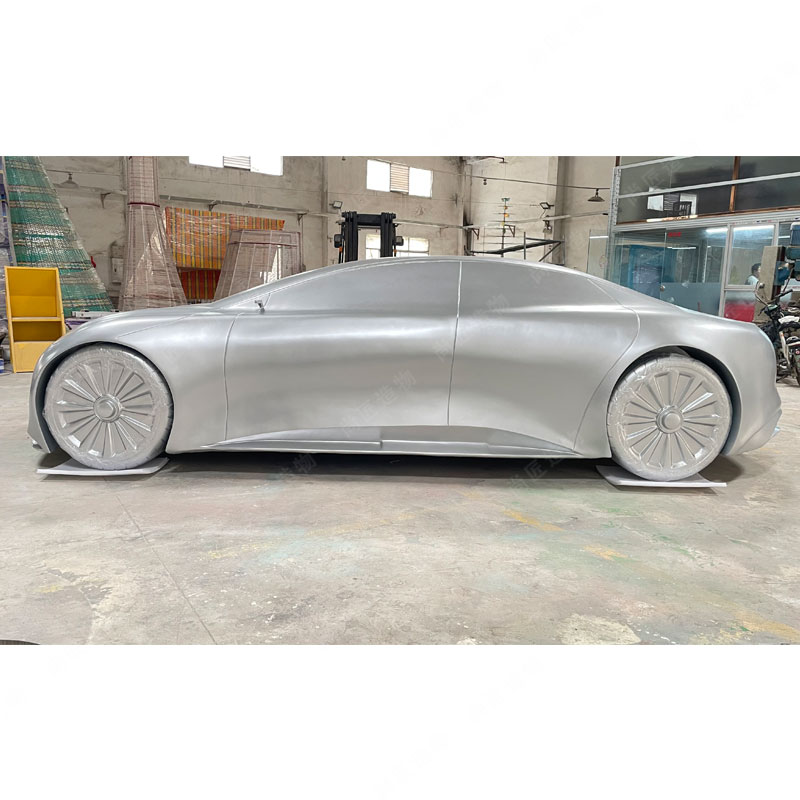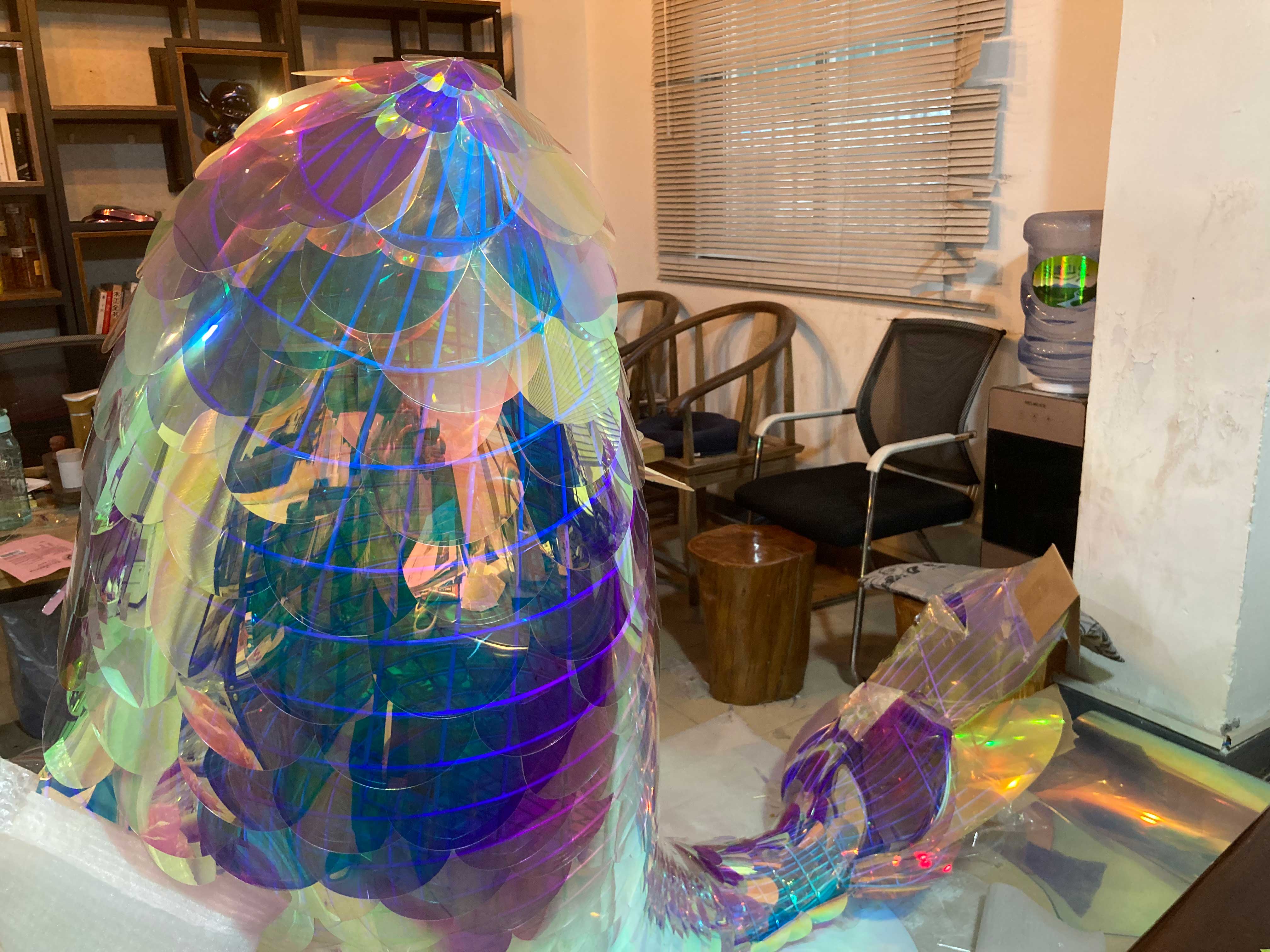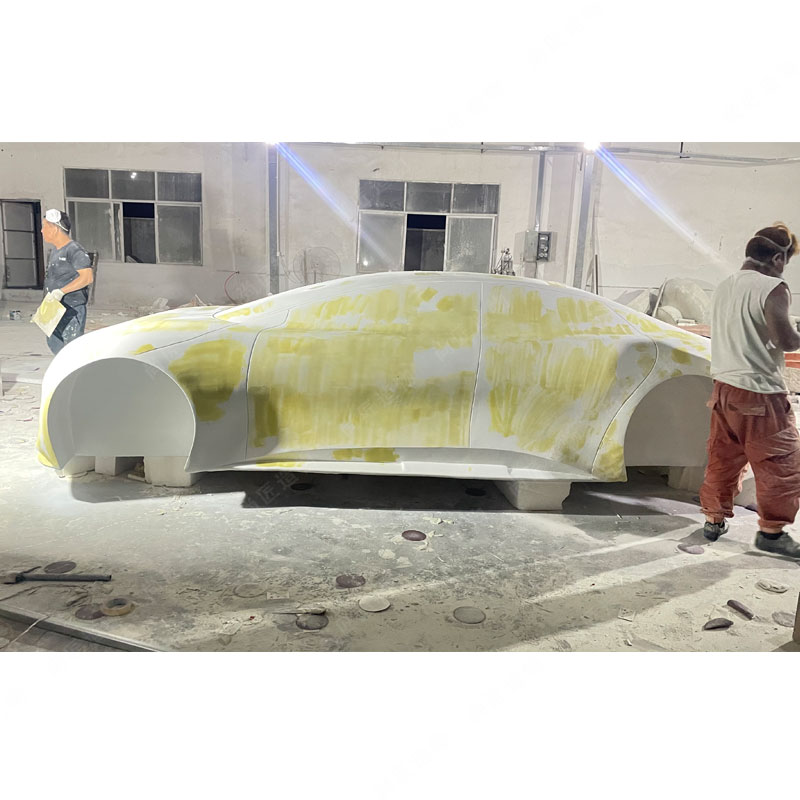Integrating motors into kinetic metal art within fiberglass sculptures not only heightens visual appeal but also transforms static forms into dynamic experiences. Artists can explore various motor types, such as stepper and DC motors, to achieve different kinds of movement, enhancing interaction with viewers. The seamless blend of traditional artistry with modern mechanisms encourages a fresh perspective on sculpture design. By focusing on the stability of their structures and the fluidity of movement, creators can push creative boundaries, encouraging engagement and response from audiences. This innovative approach invites ongoing exploration and experimentation in the realm of kinetic art, allowing artists to convey deeper narratives through visual motion.
Introduction to Kinetic Metal Art and Its Potential
Kinetic metal art represents a fascinating intersection of creativity and engineering, particularly when applied to fiberglass sculptures. Incorporating motors into these works not only enhances their visual intrigue but also introduces dynamic elements that engage viewers in new ways. The use of motors can transform static pieces into captivating displays that move and evolve, capturing the essence of motion in art.
Designers can experiment with various mechanisms—such as rotating disks or oscillating components—that breathe life into their creations. These moving parts not only attract attention but also invite interaction, encouraging observers to experience sculptures from different angles. This innovative approach to art pushes the boundaries of traditional sculpture techniques and opens avenues for fresh ideas.
"Art is not what you see, but what you make others see." – Edgar Degas
By merging traditional artistry with modern technology, artists can create stunning kinetic sculptures that resonate with audiences of all ages. Whether you are a seasoned artist or a beginner exploring new horizons, understanding the potential of kinetic elements in metal art can elevate your fiberglass projects to new heights. Expanding this creative toolkit enables unique expressions that celebrate both form and movement in one cohesive piece.
The integration of motors offers myriad opportunities to engage with your audience in meaningful ways, ensuring your artworks are not just seen but experienced.
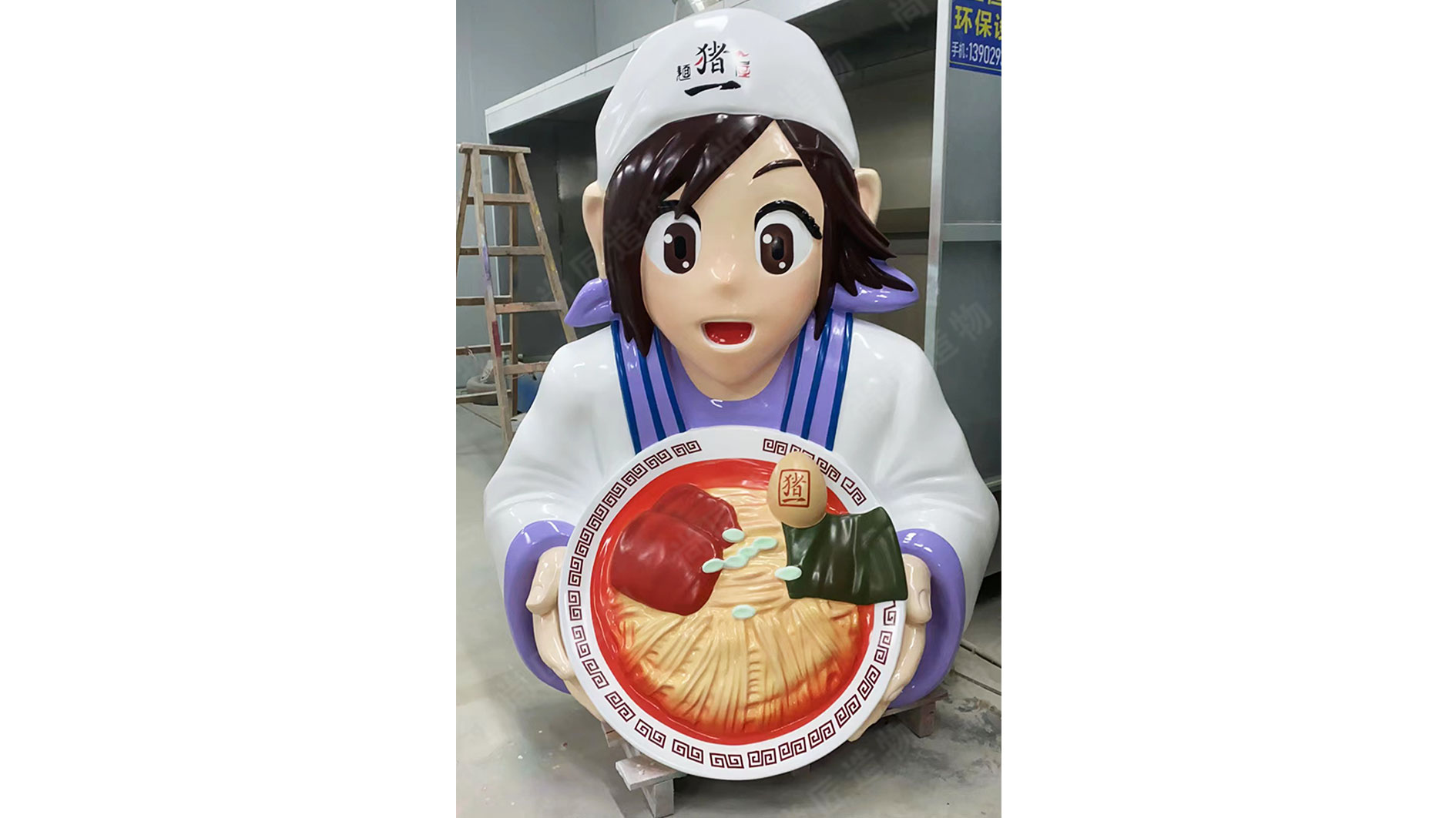
The Role of Motors in Transforming Fiberglass Sculptures
Integrating motors into fiberglass sculptures significantly enhances their dynamic appeal. Motors enable movement, allowing artists to create captivating pieces that engage viewers in unique ways. With the ability to bring sculptures to life, these motors can generate rotational movements, oscillations, or even smooth transitions that add an element of surprise. For instance, a simple motor-driven mechanism can make parts of a sculpture gently sway or spin, catching light and changing perspectives as the viewer moves around the piece. This kinetic aspect not only attracts attention but also encourages interaction, inviting viewers to engage with art actively. Furthermore, incorporating motors opens up possibilities for storytelling within the artwork, delivering a narrative experience that static pieces cannot achieve. By skillfully blending these technologies with artistic vision, artists can push the boundaries of traditional fiberglass sculptures and explore innovative expressions in kinetic metal art.
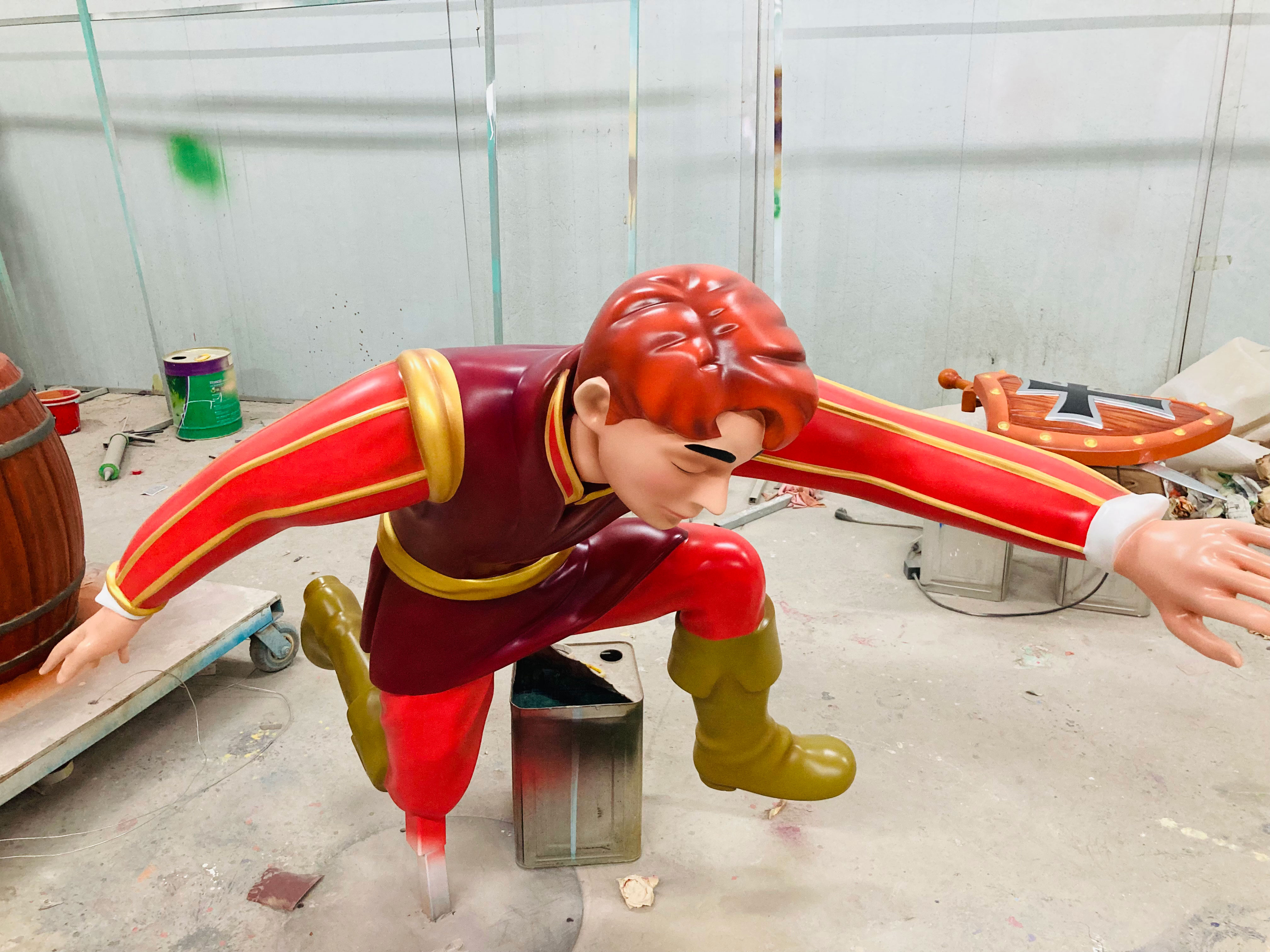
Techniques for Integrating Motors into Your Art Projects
Integrating motors into your art projects can be accomplished in several straightforward ways. First, consider using DC motors, which are easy to control and can be found in various sizes. They can be operated using a simple microcontroller like Arduino, allowing for basic programming to create movements. Next, use gearboxes to adjust speed and torque, which will enable more delicate or larger movements in your sculptures.
Moreover, installing stepper motors allows for precise control of motion, making them ideal for complex kinetic designs. Make sure to secure the motors properly; they should be hidden or incorporated into the structure to maintain the art's aesthetics while ensuring stability. Additional components like linkages or pulleys can also help connect the motors to different parts of your sculpture, providing diverse motion options.
Experimenting with different configurations will help you discover unique artistic expressions while enhancing functionality. Remember to test each setup thoroughly before finalizing your design to ensure smooth operation and reliability in your kinetic sculptures.
Creativity Meets Technology: Enhancing Visual Experiences
Integrating motors into fiberglass sculptures opens up new dimensions for artistic expression. The movement created by these motors adds a dynamic quality that captures attention and elevates the overall visual impact. Artists can experiment with various motor functions, such as rotation and oscillation, to bring their pieces to life. This integration allows for a blend of traditional craft techniques and modern technology, fostering a unique interplay between static and kinetic art forms. Additionally, using programmable microcontrollers can enhance these sculptures further by enabling precise control over motion patterns. This technological coupling not only enhances aesthetic appeal but also invites viewers to experience the art in a more engaging way, deepening their emotional connection to the artwork.
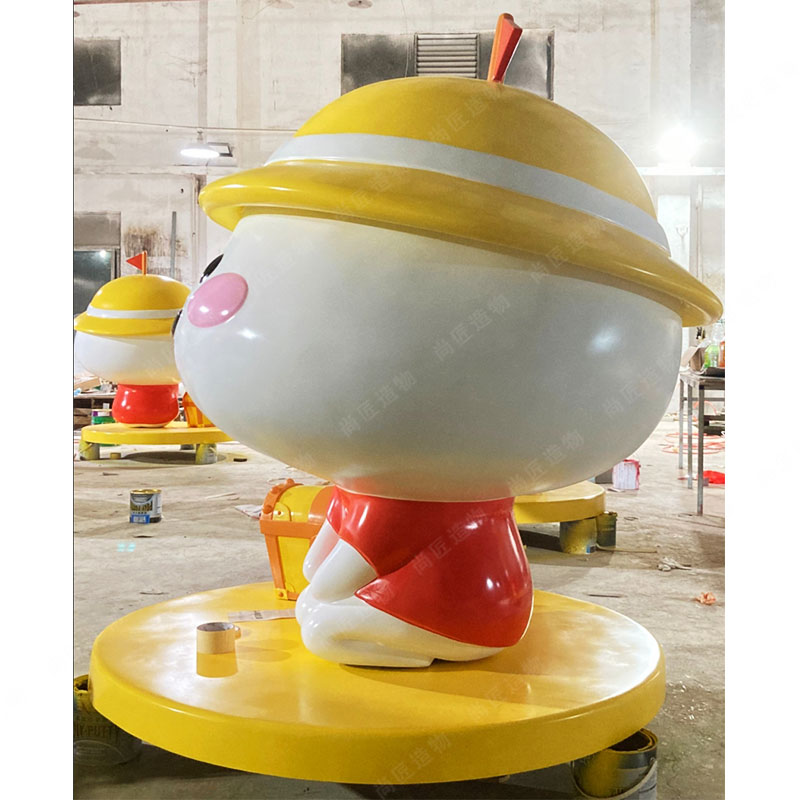
Inspiration for Creating Unique Kinetic Metal Sculptures
Creating kinetic metal sculptures offers a captivating way to engage viewers. One approach is to experiment with different metal materials, from scrap pieces to polished finishes, which can create diverse visual effects. Combining movement with light reflections can enhance the sculpture's dynamic nature. Consider incorporating various types of motors to control movement; this variety can add complexity and interest. Collaborating with other artists or attending workshops can provide fresh perspectives and techniques, sparking new ideas. Engaging with the community through exhibitions allows creators to gain feedback and inspiration from their audience. Learning from existing pieces, such as those featured in Realistic sculpture, can be helpful in identifying unique mechanisms and artistic expressions for your work.
Exploring the Aesthetic Appeal of Moving Fiberglass Art
Moving fiberglass art captivates viewers with its dynamic beauty and interactive qualities. The integration of motors allows these sculptures to transform static designs into engaging visual experiences. As the pieces move, they invite spectators to witness the delicate interplay of light and form, creating a mesmerizing effect that captures attention. Additionally, movement can enhance the artistic narrative, allowing artists to express concepts such as change, time, and fluidity. By skillfully engineering motion into their designs, artists can evoke emotions and provoke thoughtful reflection among audiences. The combination of fiberglass durability with kinetic elements not only elevates the aesthetic appeal but also encourages a deeper connection between art and observer.
Practical Tips for Building Motorized Sculpture Structures
Creating motorized sculptures requires careful planning and attention to detail. Start by selecting a sturdy base that can support the weight of your materials. Consider using wood or metal frames for stability. Next, choose the right motors—stepper motors are often ideal due to their accuracy and control. Ensure the motors are compatible with your microcontroller, such as Arduino, which can be programmed easily for various movement patterns. When attaching motors, think about how they will influence the sculpture's movement and balance. Secure connections and test movements at each stage to avoid mishaps during final assembly. Finally, be sure to incorporate safety features, like limit switches, that prevent the sculpture from excessive motion or potential damage as it operates. These steps will help you successfully build engaging motorized sculptures that captivate viewers with their dynamic movements.

Combining Traditional Techniques with Modern Mechanisms
Blending traditional craftsmanship with modern technology can breathe new life into fiberglass sculptures. Artisans can use time-honored methods like metalworking, carving, and molding while incorporating contemporary techniques such as motorization. This combination allows artists to maintain the essence of traditional designs while adding dynamic movement. By integrating small motors, creators can add intricate motion to their pieces, captivating viewers and enhancing the visual narrative of their work. For instance, principles from classic mechanics can guide the placement and function of motors, ensuring stability while maximizing expression. Emphasizing the harmony between these approaches opens avenues for artistic growth and innovation in the realm of kinetic metal art.
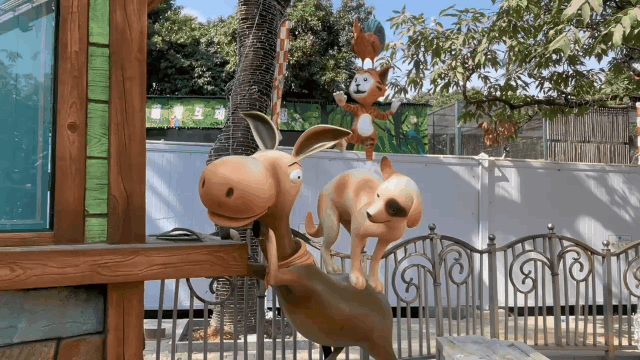
Conclusion
Kinetic metal art with motors opens up exciting avenues for enhancing fiberglass sculptures, blending form with function. The dynamic qualities introduced by motors transform static designs, inviting viewers to engage more deeply with the artwork. By incorporating movement, artists can highlight various elements of their sculptures, using rotation, oscillation, and other mechanics to create interactions that static pieces lack. This innovative approach not only invigorates the artistic narrative but also allows for a richer viewer experience, as individuals are drawn to explore the art from different angles and perspectives. The combination of traditional artistry with modern technological elements fosters creative expression and expands the possibilities of sculptural design in profound ways. With thoughtful integration of these moving components, the potential for unique and mesmerizing fiberglass masterpieces becomes limitless.
FAQs
What are the best types of motors to use in kinetic metal art?
DC motors and stepper motors are highly recommended for their ease of use and precise control.
How can I ensure the stability of my kinetic sculpture?
Selecting a sturdy base and securing the motors properly within your sculpture is crucial for stability.
Can motors create different types of movements in my art?
Yes, motors can facilitate various movements such as rotation, oscillation, and even linear motion, enhancing the dynamic effect.
What materials work best for integrating with motors?
Lightweight metals and durable plastics are ideal as they balance functionality with artistic expression while reducing stress on the motor.
How can I program movements for my kinetic sculpture?
Using microcontrollers like Arduino allows you to easily program different movement patterns, enabling creativity in your designs.
 ch
ch English
English



